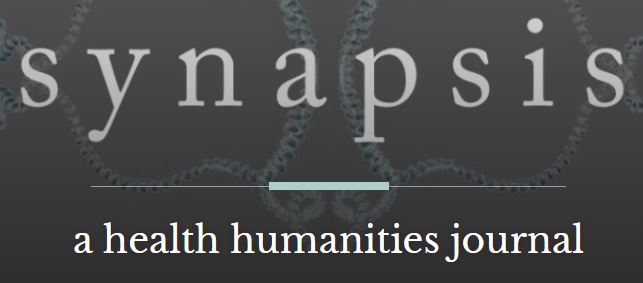This course offers a survey of major works on metaphor, beginning with Aristotle and ending with contemporary cognitive and media theory. Appropriate for both undergraduate and graduate students, our sessions will involve weekly discussion and an occasional “lab” component, in which we will test our theoretical intuitions against case studies of literary metaphor and metaphor in the fields of law, medicine, philosophy, and design. I am particularly interested in ways metaphors “break” or “die,” whether from disuse, overuse, or misapplication. In their classical sense, metaphors work by ferrying meaning across from one domain to another. For example, by calling a rooster “the trumpet of the morn,” Shakespeare means to suggest a structural similarity between horn instruments and birds. Note that this similarity cannot pertain to the objects in their totality. The analogy applies to the call of the bird only or perhaps to the resemblance between a beak and the flute of a trumpet. The metaphor would fail yet again if there were no perceivable analogies between birds and trumpets. Similarly, computer users who empty their virtual “trash bins,” are promised the erasure of underlying data. The course will conclude by examining the metaphors implicit such media transformations.
The Heyman Center for the Humanities, Room B-101
74 Morningside Drive
New York, NY, 10027
(212) 854-4541
(212) 854-3099


